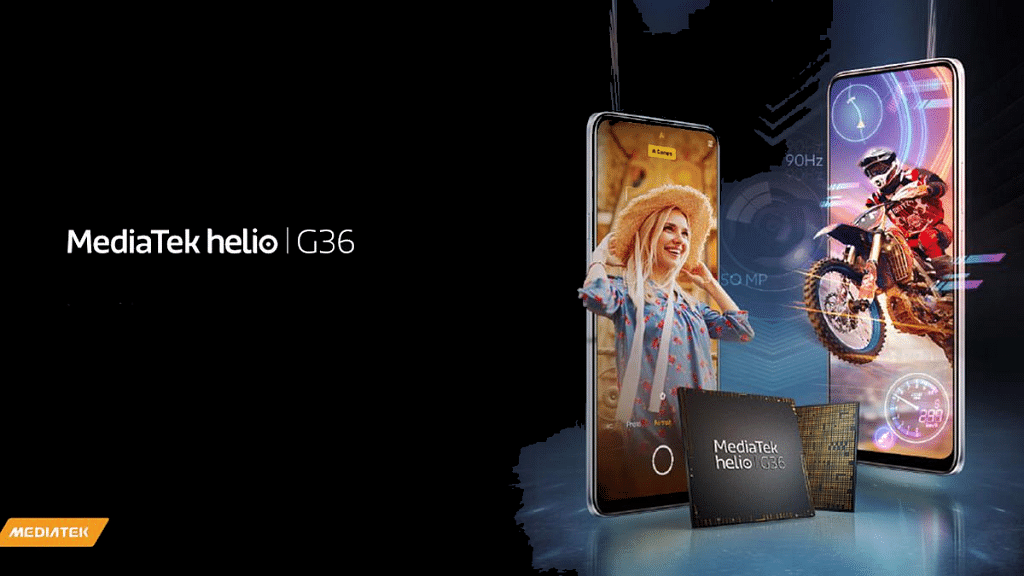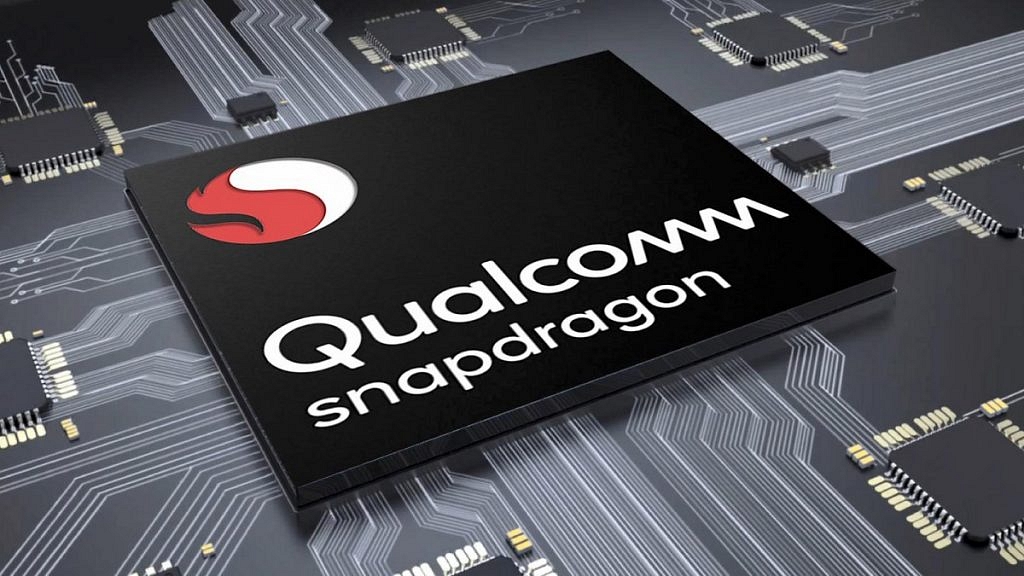MediaTek released a new entry-level gaming mobile processor in India called the Helio G36. The latest Helio G series gaming chipset from MediaTek is released with almost an identical architecture as its older sibling, i.e., the Helio G37, and is expected to be used by the future-generation low-budget phones in the country.
MediaTek’s this new mobile processor will be facing some direct heat from Qualcomm’s Snapdragon 400 series chipsets including the Snapdragon 480. Here’s a quick comparison between these two powerful budget mobile SoC from MediaTek and Qualcomm respectively. Which one outperforms the other in terms of CPU and GPU performance? Let’s find out:
Also Read: Qualcomm Snapdragon 778G Vs Dimensity 8100 5G Chipset: Premium Mid-Tier SoC Battle
MediaTek Helio G36 Vs Qualcomm Snapdragon 480 SoC: CPU Architecture
| Chipset | MediaTek Helio G36 | Qualcomm Snapdragon 480 |
| CPU | Octa-core | Octa-core |
| GPU | IMG PowerVR GE8320 | Adreno 600 |
| Memory | LPDDR4X | LPDDR4X |
| Storage | eMMC 5.1 | eMMC 5.1, UFS 2.2 |
| Fabrication | 12nm | 8nm |
As mentioned above, the MediaTek Helio G36 mobile processor borrows the CPU architecture from its older sibling, i.e., the Helio G37. It features octa Cortex-A53 cores clocking at 2.2 GHz. For reference, the Helio G37 also features eight Cortex-A53 cores but the clock speed is 100MHz faster at 2.3GHz.
Also Read: Qualcomm Snapdragon 778G Vs MediaTek Dimensity 900 Chipset Quick Comparison
Qualcomm Snapdragon 480 chipset also has octa-cores including two Kyro 460 Gold cores clocked at 2GHz and six Kyro 460 silver cores clocked at 1.8GHz. The CPU memory frequency and fabrication process is also different for both these budget mobile processors.
The MediaTek Helio G36 has a 2300Mhz CPU fabrication and 12nm fabrication process. On the other hand, the Snapdragon 480 chipset has a thinner 8nm fabrication and 2000 MHz CPU frequency. The Snapdragon 480 SoC’s thin fabrication process allows improved efficiency over the Helio G36.
Helio G36 Vs Snapdragon 480 Chipset: GPU Comparison

Speaking of the GPU differences, the MediaTek Helio G36 mobile processor has the IMG PowerVR GE 8320 GPU. This processor’s GPU frequency is 650 MHz. The Snapdragon 480 chipset gets Adreno 619 GPU integration for graphics rendering. The Helio G36 is designed to cater to gaming demands with budget Android phones and has an efficient GPU for the same. The same is the case with the Snapdragon 480 mobile chipset where the GPU can easily render heavy graphics on the screen.
Also Read: Qualcomm Snapdragon 782G Vs Dimensity 920 SoC Premium Mid-Range Mobile Chipset Comparison
MediaTek Helio G36 Vs Snapdragon 480 Processor: Memory, Multimedia (ISP) Comparison

The MediaTek Helio G36 mobile chipset supports LPDDR4X memory type with up to 1600MHz frequency range. The maximum memory allocation compatibility with the Helio G86 is up to 8GB. Whereas, the Qualcomm Snapdragon 480 SoC also comes with LPDDR4X RAM support with a maximum allocation of up to 8GB. So, no difference in memory compatibility.
But that’s not the case with the storage type. The MediaTek Helio G36 comes with just eMMC 5.1 storage support, while the Snapdragon 480 has eMMC 5.1 and UFS 2.2 storage compatibility.
Helio G36 Vs Qualcomm Snapdragon 480: Final Verdict

Considering all the aspects, the Snapdragon 480 mobile processor seems to be slightly better for budget Android phones. But the performance delivery will be equivalent when we compare it with the Helio G36. Not much is different in both processors except for the thinner fabrication process and GPU. Both these chipsets would be a good pick if you have your budget fixed.
